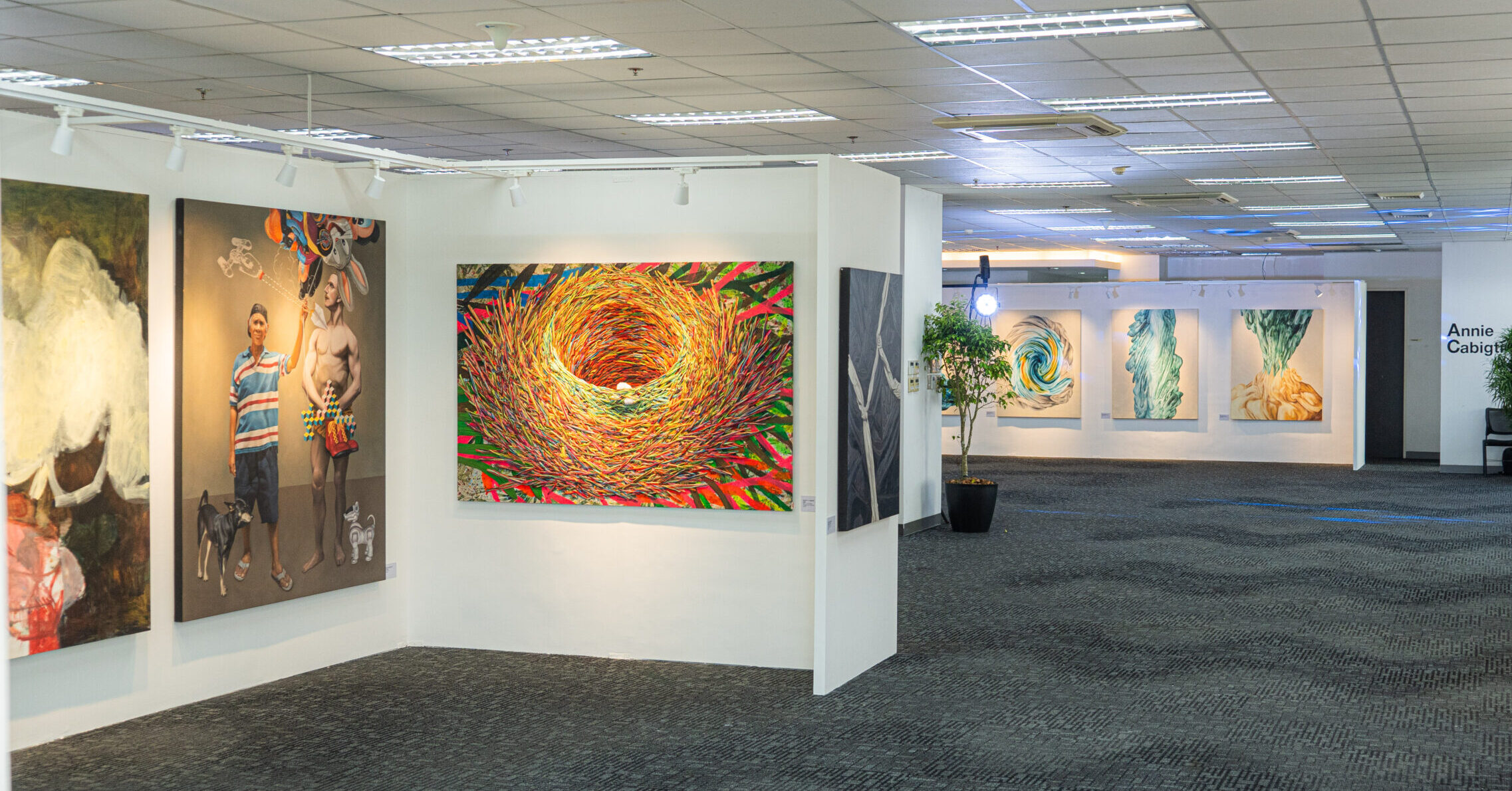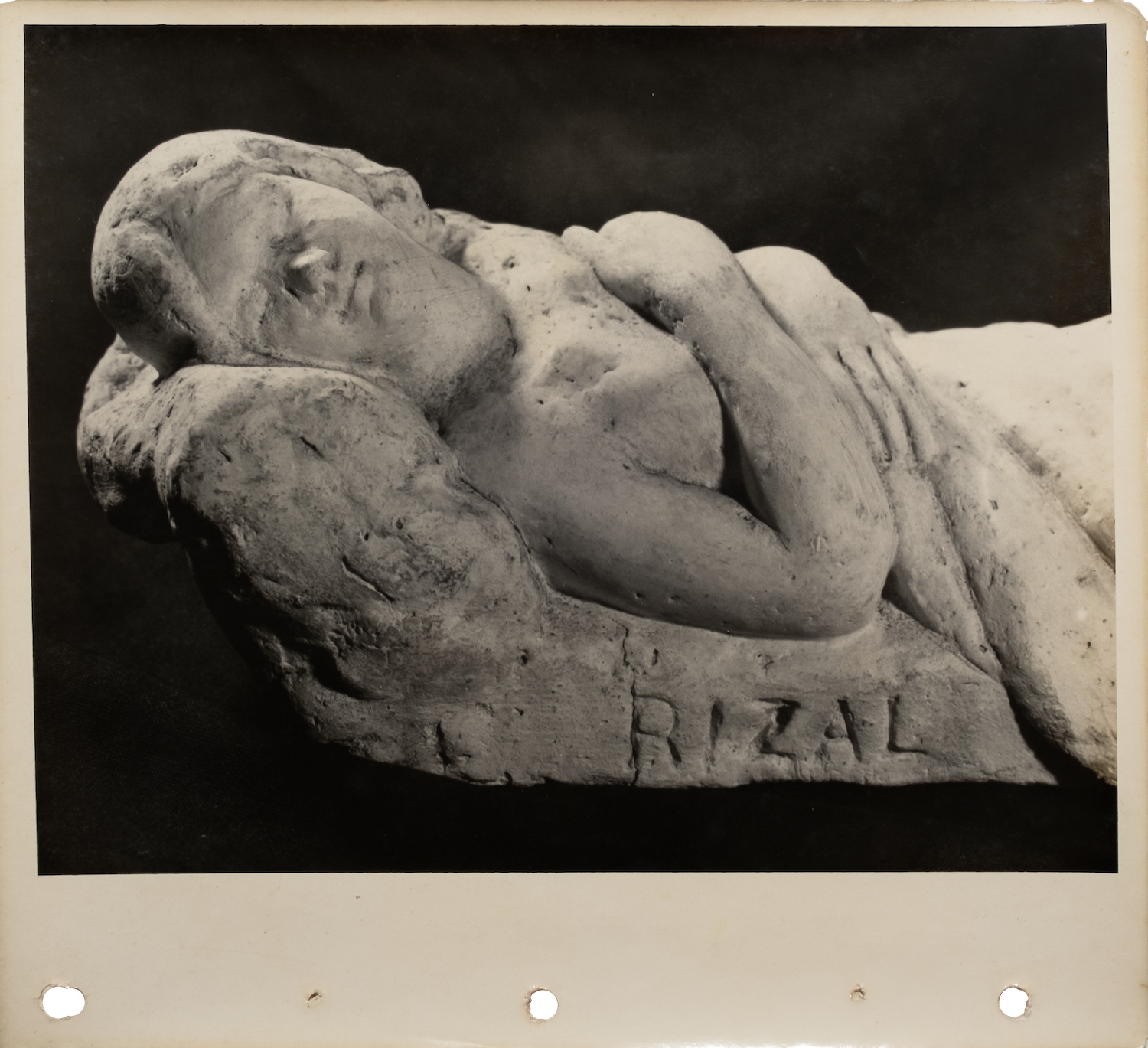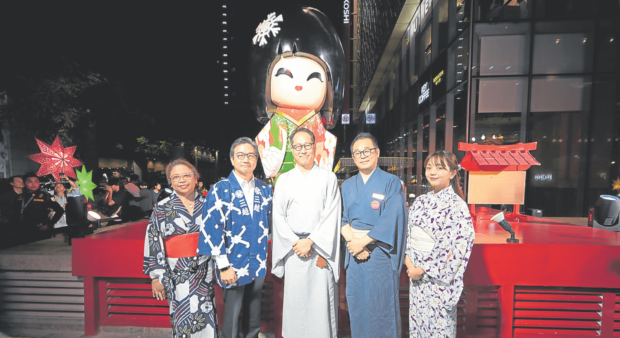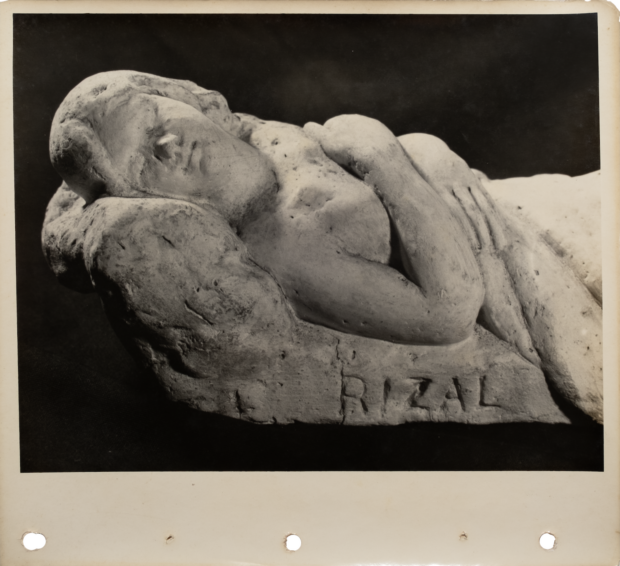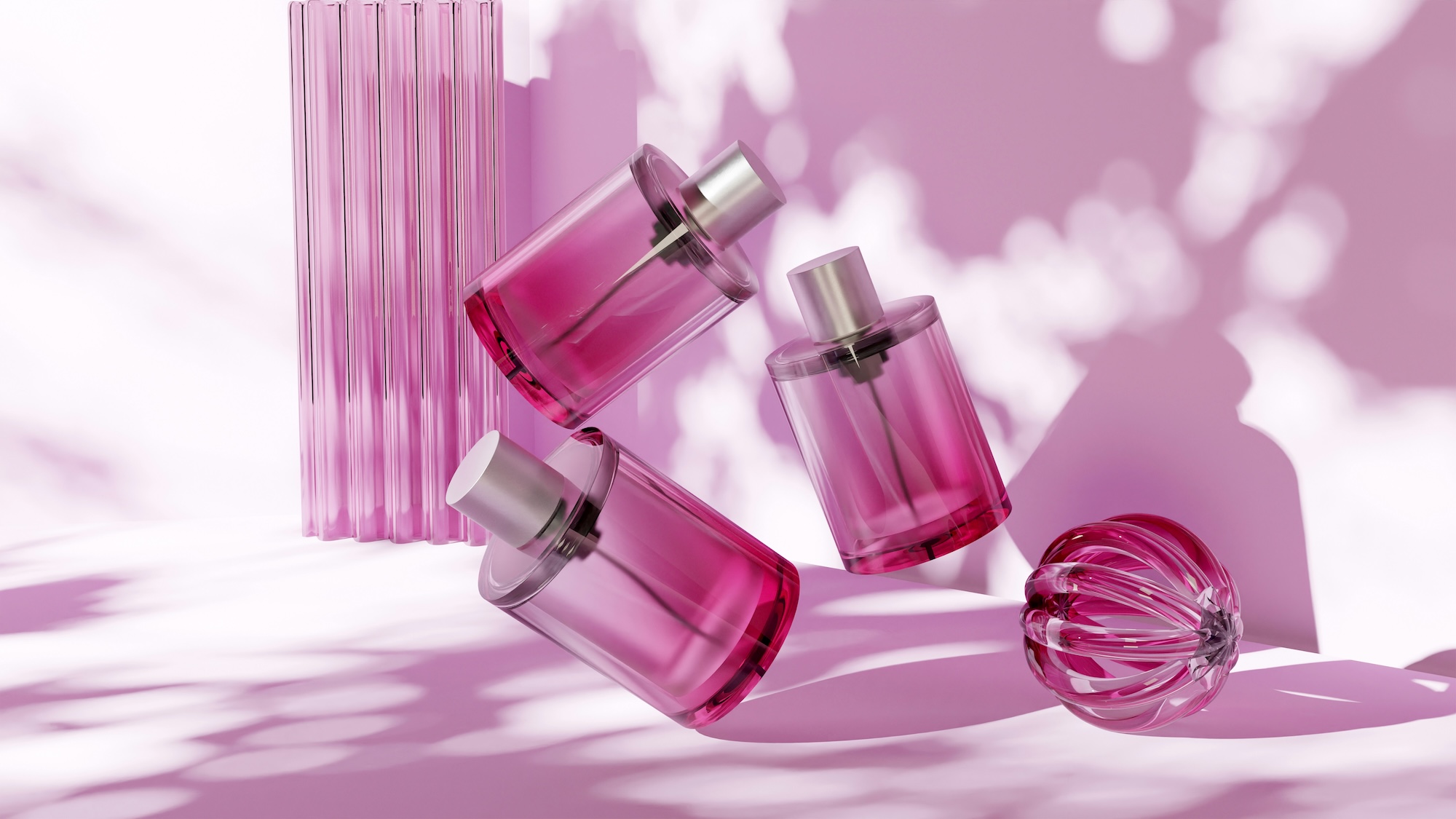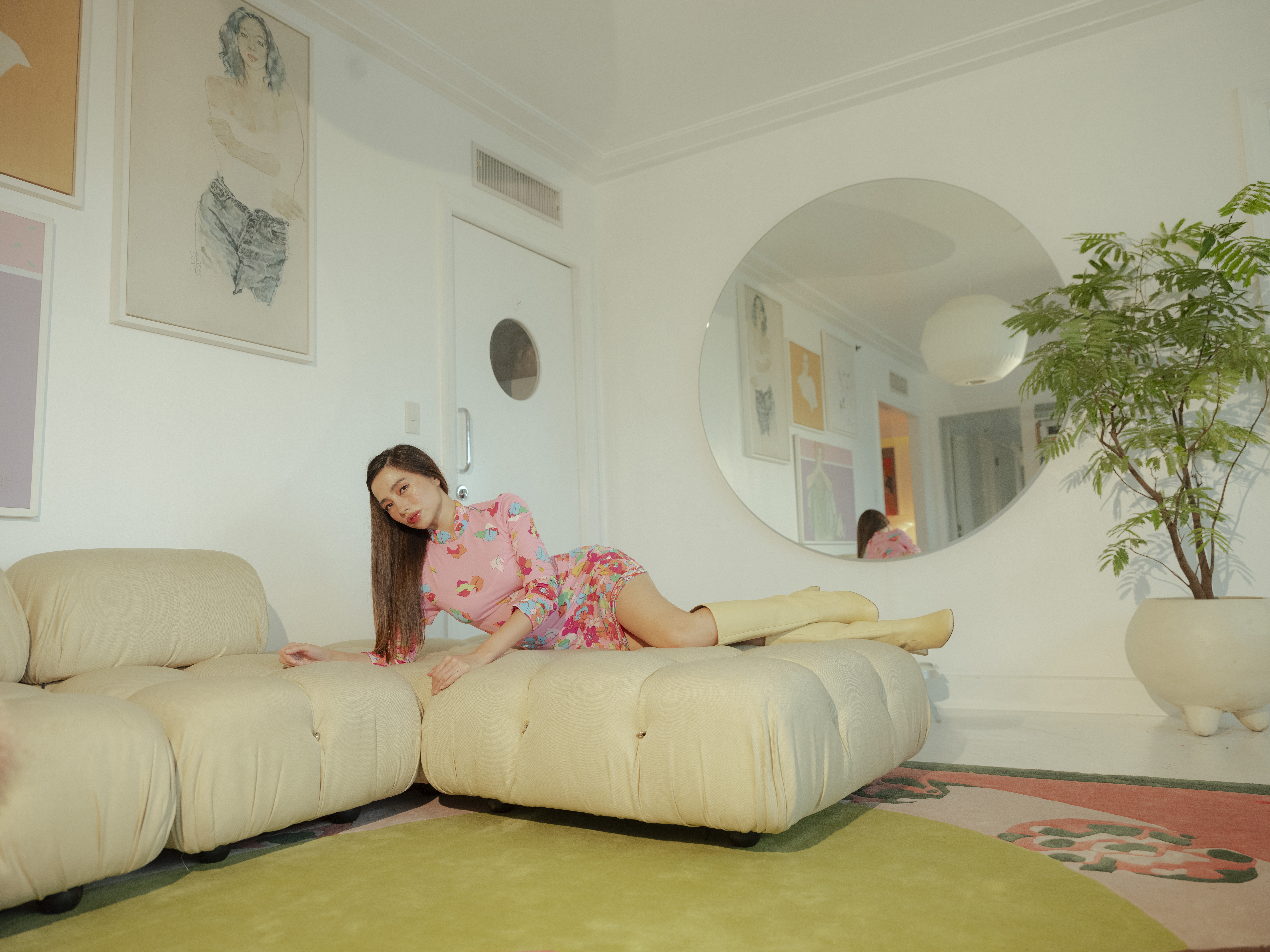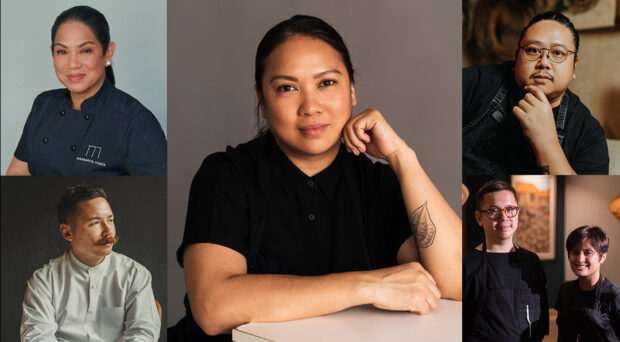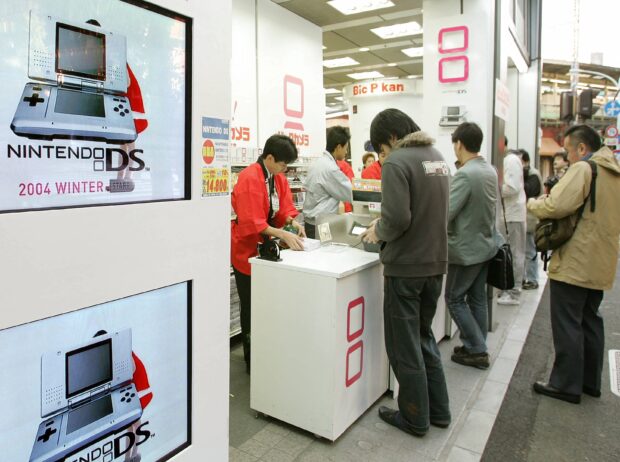The last thing I wanted on a rainy day was to eat cold, clammy fish.
On my trip to Nikkei—a new establishment silently tucked in Legaspi Village (blink once as you walk by Wildflour and you’ll miss it)—last gloomy Friday, I wished hot sinigang poured on me instead. Too bad God couldn’t hear me from the sound of this pseudo-apocalypse.
I did hear, however, that this was a Peruvian-Japanese fusion restaurant. I’ve never heard of that pairing before till Paolo Lorenzana, sibling to Ana De Ocampo, one of the owners, served me a history lesson. Apparently, nikkei refers to both Japanese emigrants in Peru, and the cuisine born out of this hybrid culture.
If our hospitality has taught us anything, it’s that we’ve always been open to new things (as long as they don’t involve divorce or homosexuality, apparently). I am certain that people will love the novelty. But with palates used to plain and simple sashimi, just how welcoming can we be?
Food
Nikkei knows fusion like it knows how to massage a snapper—that is, all too damn well. In here, Peruvian flavors spice up Japanese tastes.
The moment I sampled the Kocha (P140) tiraditos—the Peruvian sashimi made with pink salmon, salad sauce, and topped with crispy tea—I threw out my initial doubts. The fish was a clean, chewy bed to a tangy, dirt-brown sauce that doesn’t overpower the former, but rather, rushes to its rescue just when it melts into digestive oblivion. The tea adds both crunch and a sound ending to a simple, structured dish.
The experiences I had with Nikkei (P160)—white fish, Nikkei sauce, red chili, and cilantro—and Coco (P160)—white fish, salad sauce, coconut milk, chives, and togarashi—were similar, which wasn’t a bad thing. I knew that they knew how to handle raw fish right—and that was important.
More fish came in, this time as the Classic ceviche (280). It’s made with white fish, red onions, rocoto, cilantro, canchita, and glazed sweet potatoes, all bathed in leche de tigre. Eating it made me feel fancy, but that citrus-based marinade (slash Peruvian hangover cure and sexual potion) worked so well in cleaning up any fishy flavors, including pretentious notes in my judgment.
But what Nikkei achieves in the fish department, it somehow lacks in the beef section. The Lomo Saltado (P420), the Peruvian caldereta with a side of French fries and poached egg, had tender, beefy cubes soaked in a memorably salty broth.
The menu picks itself back up with a solid selection of sushi. I don’t know about you, but I judge my sushi the way I judge people: layer by layer. If I can’t taste every fold and chunk, that leaves me with a very vague impression. When I had a piece of Panko (P140/5 pieces, P280/10 pieces), I sank my teeth into the breading, wet rice, soft avocado, kampyo, truffled cream cheese, shiitake onion leeks, and salad sauce thinking, “Did I just meet the most four-dimensional roll ever?” Yes, I think I just did.
And just when I thought it’s all good and done, dessert came in threes. Ginger, wasabi, and black sesame-flavored homemade ice cream sat on fluffy steamed French buns (P280). Unlike sweet creamy concoctions that cloud taste with excessive dairy, the ice creams—most especially the ginger—do the opposite. They start your palate anew, cleaning it with a subtle sweetness that complements the buttery, moist and sweeter yellow bread.
All in all, Nikkei has a thoughtful, meticulous take on its ambitious fusion menu.
Ambiance
Before all the eating commenced, I remember stepping inside, absolutely convinced that I was transported to a darker version of a Muji branch. But a closer look at its wooden interiors reminded me of its Peruvian influence, and its clean, precise layout of its Japanese aesthetic.
The open bar and kitchen make for a nightly spectacle to appease 40 customers at most. Too bad for those seated at the front corner of the room, though. Guests sitting there will have the worst view.
Small, tight, and charmingly lit, the space gives off a neighborly vibe characteristic of its place.
Service
The staff was attentive and knowledgeable. A server would gladly explain a dish, or even throw in a trivia or two. When a scoop of ice cream slowly slid away to ruin a photo, one of them jumped in and volunteered to replace it. What a good man!
Pro tip, though: If you need extra help with anything, make good, hard eye contact or simply raise your hand when you’re seated next to the window. Chances are, the crew might get too busy in the kitchen or attending to the guests on the other end to recognize you.
Price
As with upscale neighborhood restaurants, Nikkei puts a hefty tag on its offerings. A full-course meal with tiraditos, an entrée, and dessert for one could cost around P800, that is if you save yourself from ordering kobe from the get-go.
Practicality aside, someone needs to place reasonable value on quality things like fresh seafood and darn good marinades. People would pay ‘em when they want ‘em—and you will, I tell you. You will.
Nikkei. G/F Frabelle Building, Rada Street, Legaspi Village, Makati. Open daily from 11a.m. to 10p.m. For more information, call (02) 880-0231 or visit their Facebook page.
Photos by Nico Nuyda











